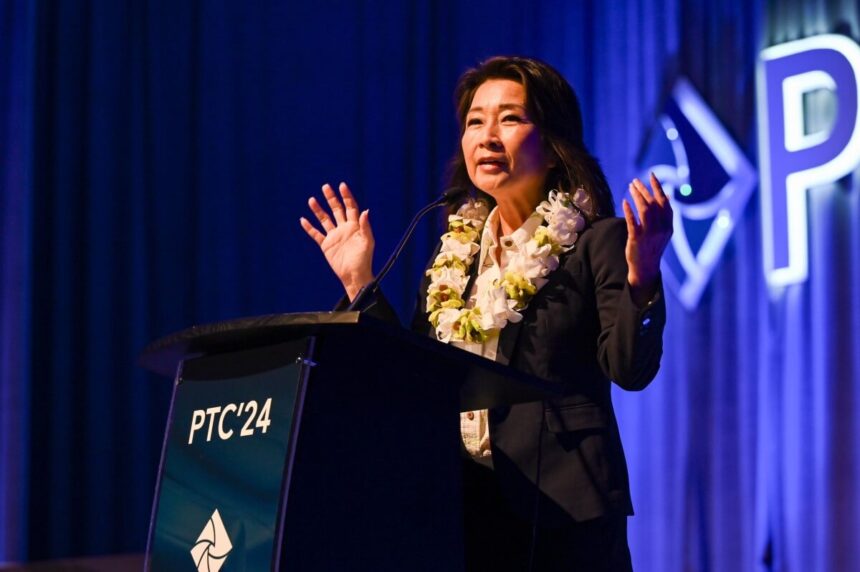A major step toward improving Hawaii’s digital infrastructure has been taken by the University of Hawaiʻi (UH) and Ocean Networks (ONI), who have announced their partnership to build a $120 million underwater optical fiber cable system. By connecting the Hawaiian Islands, this system – known as the Hawaiian Islands Fiber Link, or HIFL – aims to strengthen and expand the availability of high-speed broadband Internet access across the state.
This project is a significant step forward for the state’s broadband plan, Connect Kākou, which Governor Josh Green’s administration has deemed a high priority.
Connect Kākou, led by Lieutenant Governor Sylvia Luke, would be well-positioned to provide Hawaiians of all demographic backgrounds with reliable and reasonably priced high-speed Internet connectivity. Governor Green sees the project as a calculated attempt to take advantage of a rare federal investment opportunity in technology infrastructure, which he thinks would propel the state into a long-term economic development trajectory. The governor envisions a network that is open to all carriers, accommodating a wide range of telecommunication requirements, including future high-capacity demands essential to government operations, public services, healthcare, education, and research.
ONI is in charge of the HIFL’s procurement, development, maintenance, and operation. To complete the project, a combination of secured finance, private equity, and government grants will be used, with ONI coordinating the arrangement. When HIFL is finished, it should greatly increase the ability to analyze large amounts of data quickly, which will act as the foundation for the Connect Kākou project.
Lieutenant Governor Sylvia Luke highlights that Hawaii’s long-term Internet connection security is largely dependent on HIFL, which is a key component of the state’s larger plan. The effort, which has raised over $500 million from federal grants, state monies, and private matching donations, is well on its way to closing the digital gap by providing high-speed internet connection to the disconnected.
Open-Access, Carrier-Neutral
The design of the HIFL project is open-access, carrier-neutral, and will include landing sites distributed across OŻahu, Hawaiʻi, Maui, Kauaʻi, Lānaʻi, and Molokaʻi. The system, which is expected to be online in late 2026, will feature 24 fiber pairs and be built to last 25 years. The University of Hawaii System Office for Information Technology is carefully overseeing the project’s implementation, with extra assistance from the university’s Research Corporation.
Vice President for Information Technology and CIO at UH, Garret Yoshimi, expressed excitement about the collaboration with ONI, pointing out the group’s broad expertise in the business and particular knowledge of Hawaii’s particular requirements. In line with this view, Cliff Miyake, Vice President of Business Development at Ocean Networks, emphasized the vital role the HIFL system would play in modernizing Hawaii’s internet infrastructure.
The partnership between UH and ONI is an innovative strategy for tackling the state’s issues with its digital infrastructure. To promote economic development, improve public services, and raise the standard of living for its citizens, Hawaiʻi would be setting the standard for digital transformation initiatives by establishing the fundamental components of a strong, future-proof network.
Ocean Networks is a privately held telecom development and service company that is headquartered in Atlanta, Georgia (USA). The company currently owns over 8,000 km of submarine cable systems globally.





